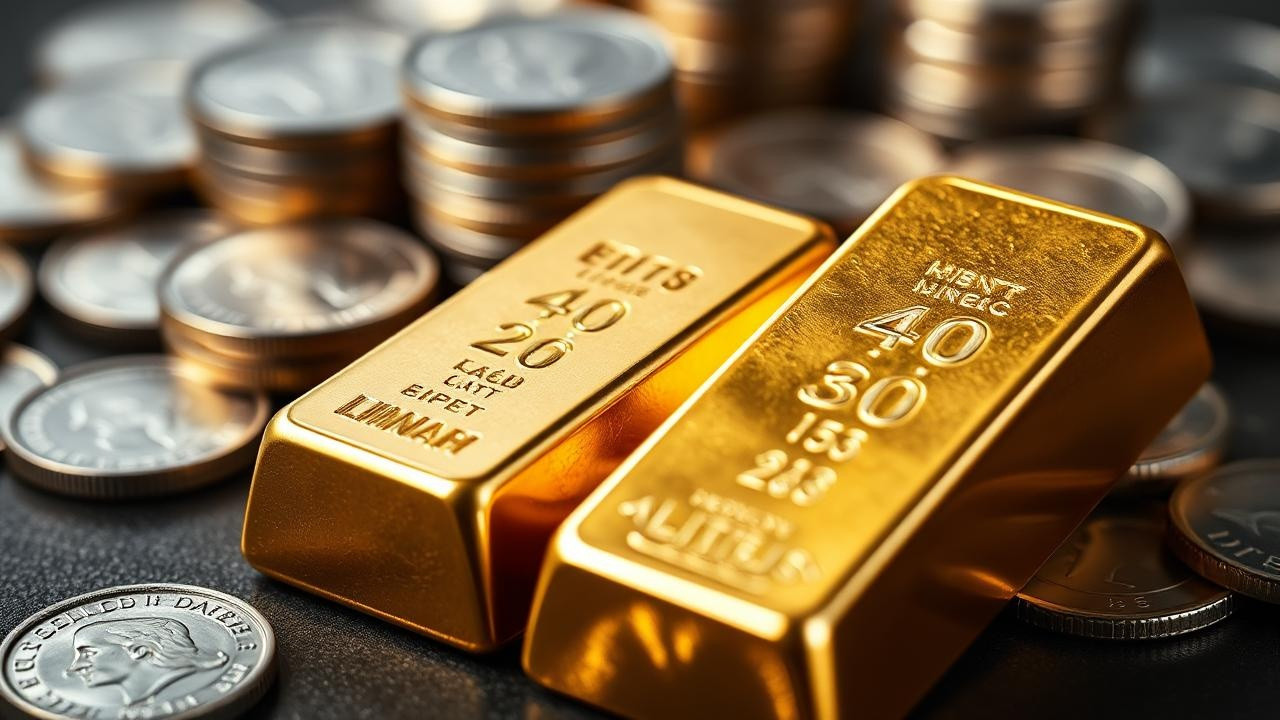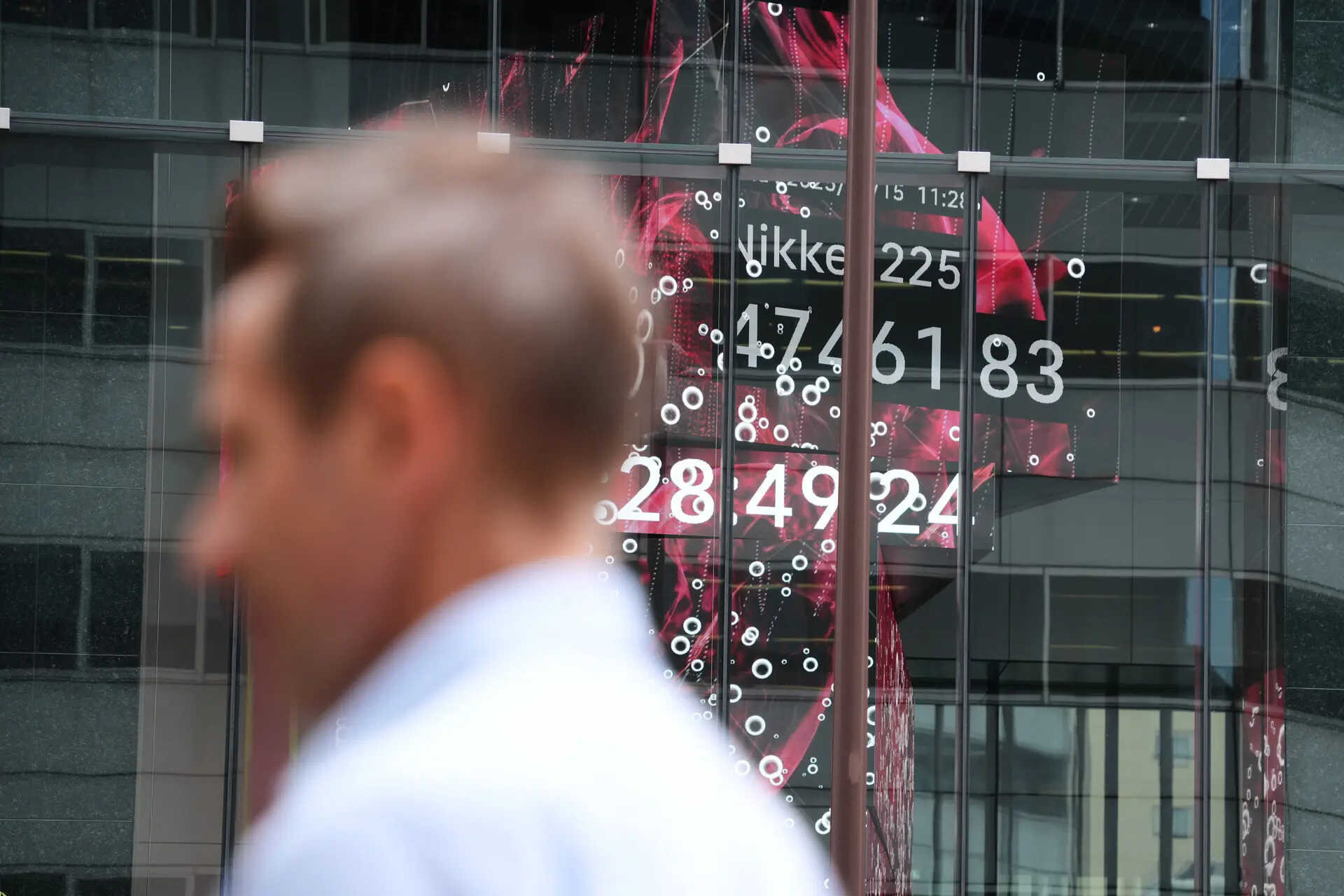Gold prices are expected to consolidate as investors await key central bank decisions and trade negotiation updates. The US Federal Reserve and Bank of Japan’s policy meetings, along with US-China trade talks, will influence price movements. Domestically, gold futures fell on the MCX, while globally, Comex gold also declined amid easing safe-haven demand and trade deal optimism.
Navigating the Golden Labyrinth: What’s Next for Gold Prices?
Gold. It’s been coveted, traded, and fought over for millennia. In today’s complex economic landscape, it remains a fascinating barometer of global uncertainty. If you’re following the market, particularly considering investment, you’re likely wondering where things are headed. Forget crystal balls; let’s dive into the key factors currently influencing gold prices and see if we can chart a course through the current turbulence.
The Fed, the Yen, and the Looming Tariff Deadline
The coming weeks feel like a high-stakes juggling act for the global economy. Two major central bank meetings – the US Federal Reserve and the Bank of Japan (BOJ) – are on the horizon. Simultaneously, the potential for renewed trade tariffs is casting a long shadow.
The Fed’s decision on interest rates always sends ripples through the financial world. Will they hold steady, signaling continued caution, or hint at future cuts, potentially weakening the dollar and boosting gold? The market is hanging on every word, parsing every nuance in their statements.
Across the Pacific, the Bank of Japan is grappling with its own set of challenges. Any tweaks to their yield curve control policy could have significant implications for the yen, and, by extension, impact the appeal of gold as a safe-haven asset. A stronger yen might make gold relatively more attractive to international investors.
And then there’s the tariff deadline. The threat of escalating trade tensions is never far from the surface. Should those tensions flare up, expect a flight to safety, driving investors toward the perceived security of gold. This confluence of events creates a climate of suspense, making predictions a tricky business.
Decoding the Range-Bound Market
For some time, gold prices have been trading within a relatively narrow range. This doesn’t indicate a lack of activity; it suggests a tug-of-war between opposing forces. On one side, we have factors that would typically support higher gold prices – geopolitical risks, inflation concerns, and a generally uncertain global outlook. On the other side, we have a strong dollar and relatively stable interest rates, which tend to keep a lid on gold’s upward potential.
This state of equilibrium can be frustrating for investors seeking quick gains. However, it also presents opportunities for strategic accumulation, particularly for those with a longer-term investment horizon. The key is to understand the underlying dynamics and be prepared to react swiftly to any significant shifts in the market.

The Dollar’s Dominance: A Key to Unlocking Gold’s Future
The strength of the US dollar is arguably one of the most significant headwinds facing gold. As gold is typically priced in dollars, a stronger dollar makes it more expensive for investors holding other currencies, thus dampening demand. Conversely, a weaker dollar tends to make gold more attractive.
Keep a close eye on factors influencing the dollar’s strength: economic data releases, interest rate decisions, and geopolitical developments. Any signs of dollar weakness could provide a tailwind for gold. Understanding this inverse relationship is crucial for informed investment decisions.
Beyond the Headlines: Other Factors at Play
While the Fed, the BOJ, and the tariff deadline dominate headlines, other factors are quietly shaping the gold market. Inflation expectations, for example, remain a key driver. If inflation proves to be more persistent than anticipated, gold could regain its traditional role as an inflation hedge. Central bank buying is another important consideration. Some countries have been actively accumulating gold reserves, adding to the overall demand. Supply-side dynamics also play a role. Any disruptions to gold mining or refining could impact availability and push prices higher.
And never underestimate the power of sentiment. Investor psychology can be a potent force, particularly in times of uncertainty. Fear and greed can drive short-term price fluctuations, creating both opportunities and risks. Staying informed and maintaining a rational perspective are essential for navigating these emotional currents. For more on smart investment strategies, check out our guide to diversifying your portfolio.
The Golden Takeaway
Predicting the future of gold prices with certainty is, of course, impossible. The market is a complex tapestry woven from economic data, geopolitical events, and investor sentiment. However, by understanding the key factors at play – the Fed’s next move, the yen’s trajectory, the tariff threat, and the dollar’s dominance – you can better assess the risks and opportunities and make informed decisions about your investment strategy. Whether you’re a seasoned investor or just starting out, staying informed and adaptable is the key to navigating the golden labyrinth. Is gold prices stability here to stay, or will the tides shift once again? Only time will tell.







